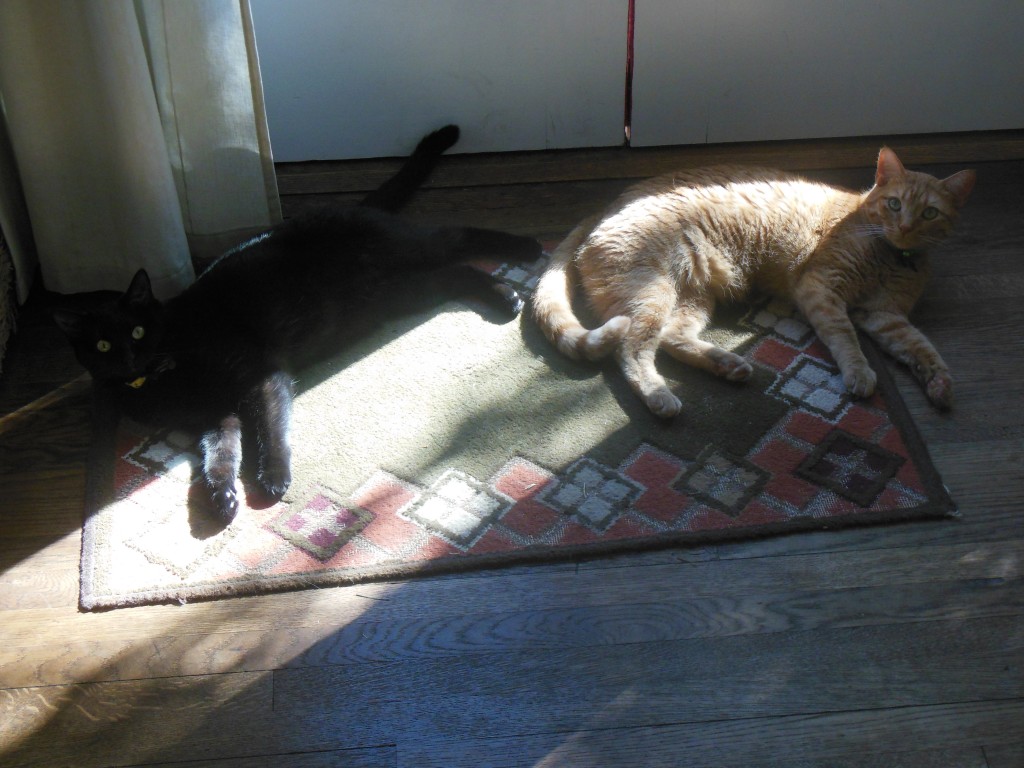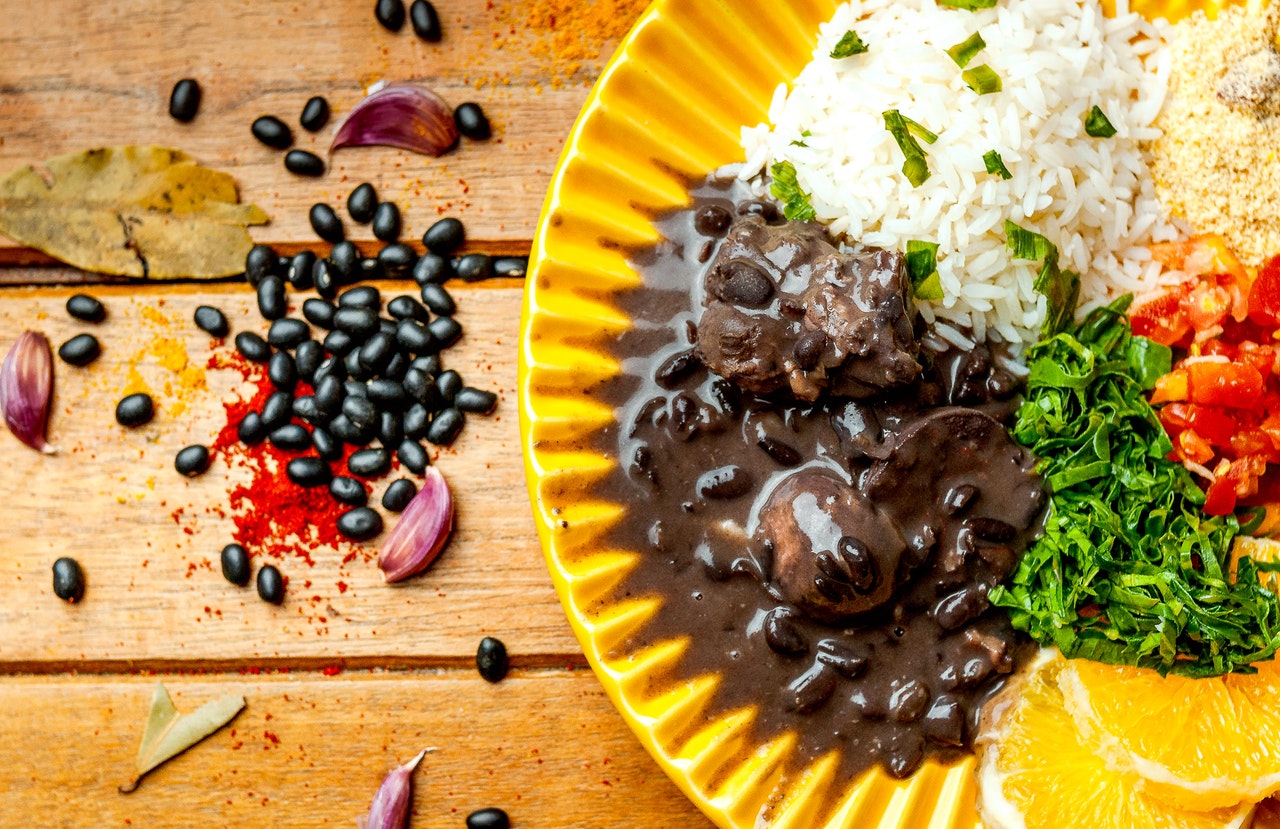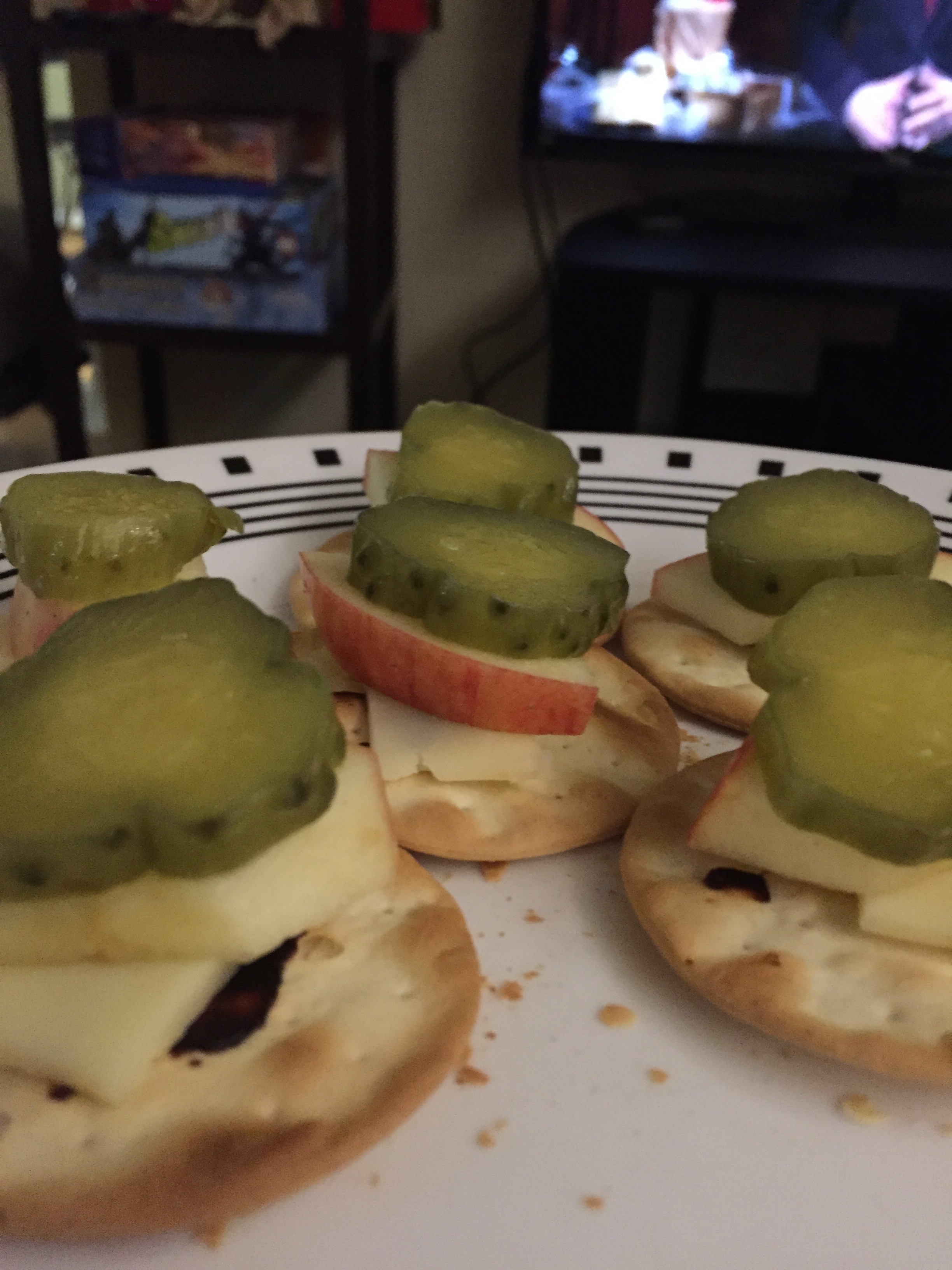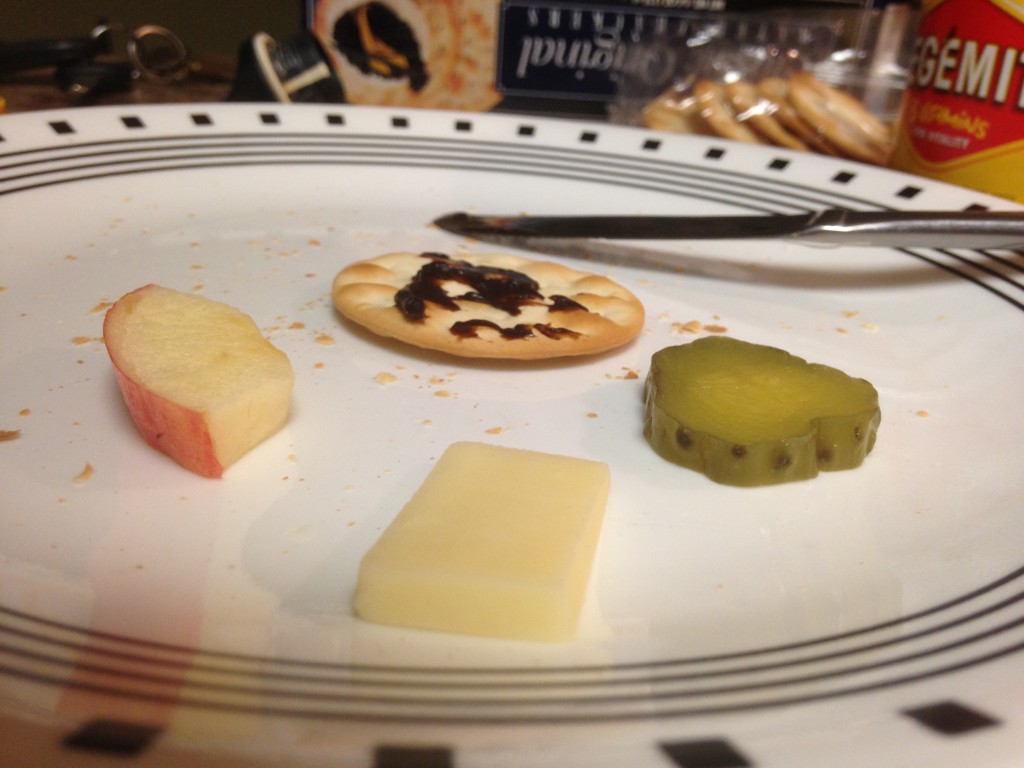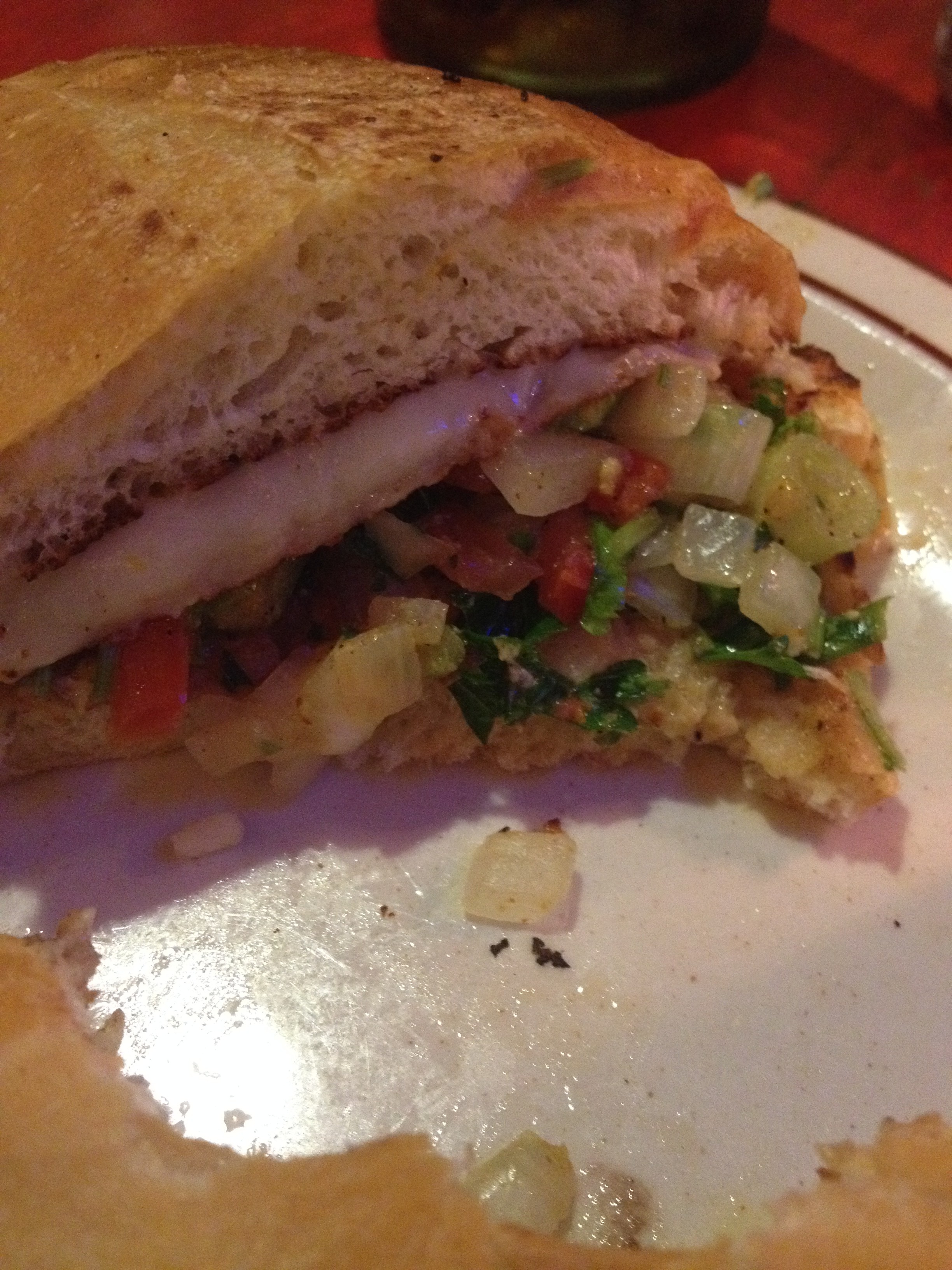Don’t worry, this will not be a rant! Although it could be, I am going to take it the other way and use it as an opportunity to educate people about preparing food properly. Nowadays, with the rising popularity of genetically modified peppers and the presence of Sriracha on every table in the United States, it’s obvious that the average adult and young adult’s palette favors spiciness.
People want heat. Furious Pete and other food enthusiasts eat Moruga Scorpions and Ghost Peppers whole while millions watch. Those are multiple times spicier than the habanero you’ve probably heard of at some point in time. Some might think it’s insane, but it’s reality and the gourmet world has been affected as well. So here are some important tips to remember when you are making your own food or ordering it from someone else.
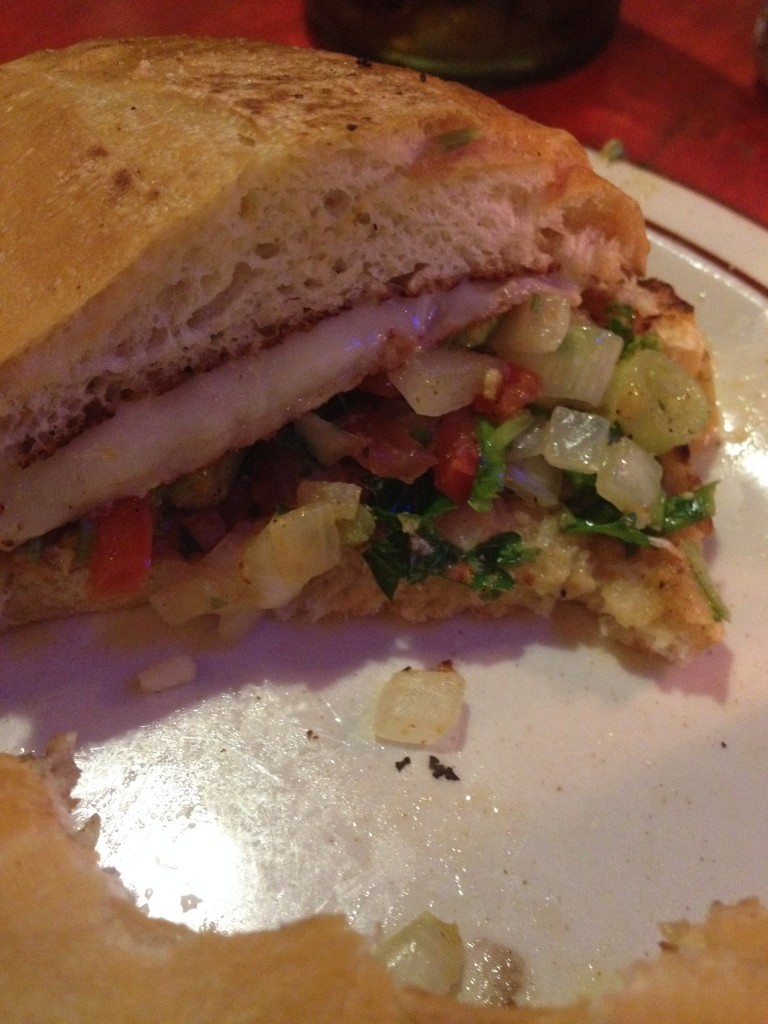
1. There is spice and there is spice. Some use spice to refer to heat, Scoville units, etc. Spices are used to preserve, color, and FLAVOR food. They can be roots, seeds, leaves, and many other items that are used for their ability to enhance food. There are over 300 spices that are used in the culinary arts and they all have unique properties. Don’t just rely on a few and go outside the box.
2. Don’t settle for heat. Sometimes when people fail to develop proper flavor in a dish, they just cover it in hot sauce. (I put hot sauce on my egg whites when I eat them in bulk.) If you’re trying to create a dish with a rich and deep flavor profile, keep experimenting until you get that level of near perfection. Don’t just throw hot sauce on it… don’t give up!
3. Heat and spice can create amazing flavors. Ever had Thai or Indian food? Ethiopian? (We could go on for hours.) When chefs can merge extreme heat and still retain the flavor development of less dominant spices, it shows incredible skill and the results are amazing. When that same chef can alter the level of heat without changing the presence of the other flavors, it’s mastery.
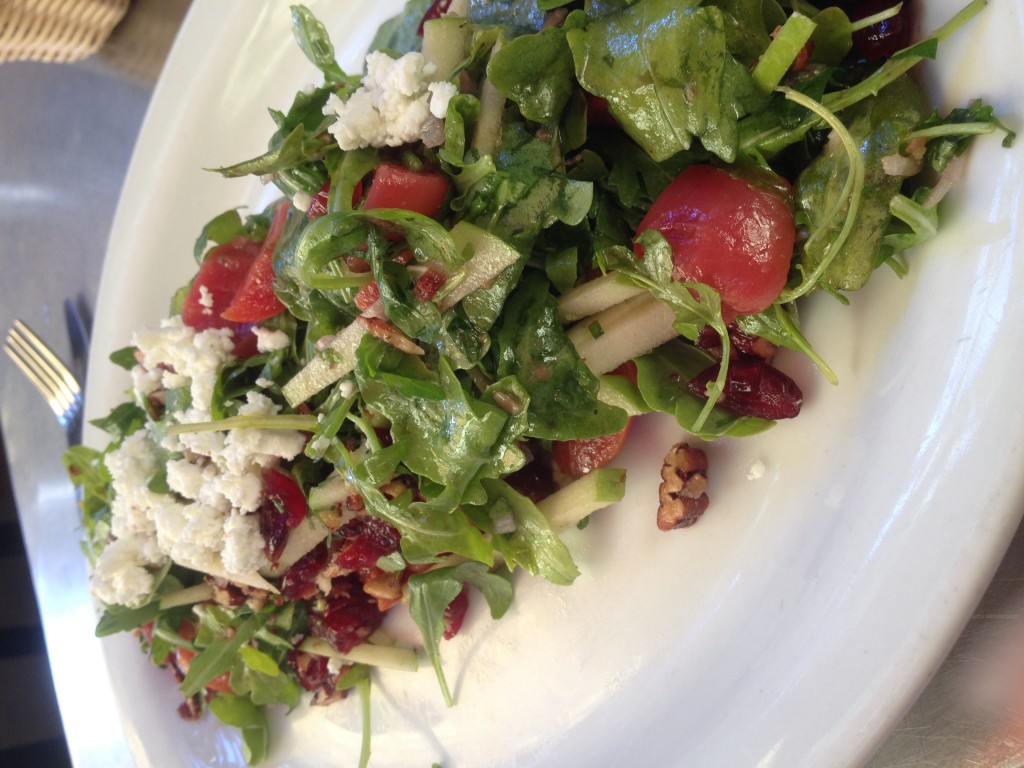
So there you have it, a few things to remember when seasoning your food. Eventually, we might have some more posts about specific spices. Remember, don’t settle for that hot sauce. Keep trying different ratios of spices and preparations (toasting) so that you can cook your own meals at home that you love. Restaurants are a nice treat but no one knows what you want more than you do! As always, stay hungry and fit!
BONUS KITTY PIC
